Pass the motorcycle test (Pt2)
- ACBT London

- Aug 2, 2023
- 8 min read
Updated: Apr 7
How to pass Module 2 of the motorcycle test

If you are interested in training to pass your motorcycle test simply complete this form and we will get in touch to discuss your individual training scheme. Our courses are not run with a “one size fits all” approach.
As everyone is different, our training courses are designed around your specific needs. Completing the form will give us an initial understanding of what those needs are. Alternatively call us on 0208 331 1103 or email us.
We also offer a bespoke training service where we work with you to build your own individual training program. For more information on bespoke training visit this page.
How the motorcycle test process works in the UK:
We have already published an article explaining how to start motorcycle training and another discussing the different licences available to you. These articles also have links so you can book your theory test. These posts also explain in detail the difference between Progressive Access Scheme (PAS) and Direct Access Scheme (DAS).
To summarise, there are three elements to passing the motorcycle test in the UK. The theory test, Module 1 and Module 2.
The theory test is designed to test your knowledge of the highway code, rules and regulations of driving and your ability to assess and identify hazards. Once you pass this you will receive a certificate of proof.
Module 1 is a control test designed to test your ability to control the motorcycle in a variety of simulated situations. Once you pass this you will receive a certificate of proof. This blog post explains Module 1 in more detail.
You must pass the theory test and Module 1 before taking Module 2. Once you have proved that you have sufficient knowledge of the rules of the road and that you have a set standard of control you will be permitted to take your Module 2 test, which is a road ride with a DVSA examiner.
You will need to show evidence of having passed the previous stages by presenting your theory test certificate, Module 1 certificate and current CBT certificate on the day. If you don’t have them or forget them you will not be permitted to take the test. Don’t have a CBT? This is your starting point, book yours here.
Module 2 of the motorcycle test.
Module 2 is the practical riding test. This is where you go on the road with an examiner to demonstrate your ability to handle a motorcycle in a variety of road and traffic conditions. The test will last between 30-40 minutes. Your examiner will give you instructions via a one way radio and will follow you on a motorcycle, although sometimes they may follow in a car.
Erith:
Our school, ACBT London, uses the test centre at Erith, S.E. London. At only eight miles from our training area it is conveniently close and this means we are able to maximise your training time in the exact area where you will be taking your test, as opposed to wasting valuable training time commuting to the area itself before we can start your training.

We think the Erith area is a fantastic place in which to take your test. For a start it has all the necessary elements for you to practice effectively. There are varied road and traffic conditions and several dual carriageways where higher speeds are attainable. An added bonus is that they are 50mph roads which means you don’t need to worry about national speed limit road conditions.
The test structure.
The DVSA have produced a short video about Module 2 of the motorcycle test.
Eyesight test:
After registration and checking of your documents, as described above, the test will start with an eyesight check where you will be asked to read a number plate from a distance of 20m. If you cannot read the number plate from the prescribed distance you will fail the Module 2 test at that point. If you need glasses be sure to have them with you on test day!
Show me tell me questions:
Your examiner will then ask you two questions designed to test your ability to carry out basic safety checks. These are commonly known as “show me tell me” questions. The DVSA have published the questions on their website so you can study them beforehand.
What they don’t publish is that they will also ask a question about carrying a passenger. When you pass the test you will be permitted to do so therefore they ask a relevant question to make sure you understand the implications of having a pillion on the back of the motorcycle. During your training we will brief you fully on this as well as the “show me tell me” questions. You will not fail the test if you get the questions wrong.
The road briefing:
Your examiner will supply you with a radio receiver and earpiece and give you a briefing on how the road ride will be conducted. It is important you pay close attention to your instructions. Remember, hearing is not the same as listening. Make sure you listen, if you don’t understand something, ask. Your examiner will be more than happy to explain.
The road ride:
The DVSA do not publish the test routes, for obvious reasons, so it is not possible to know which roads they will be using on the day. We know the area very well however and your training will be carried out taking in the major elements that will be included in the test. During your training we will carry out saturation riding around Erith so the area, its roads and traffic systems are familiar to you.
Basically the examiner can take you anywhere around the area. You will be using a variety of road and traffic conditions. You’ll be negotiating roundabouts and mini roundabouts, pedestrian crossings, traffic lights, bends, high streets, gradients and hills, dual carriageways (not motorways), pretty much the range of every day road and traffic conditions you will find on any given journey.
The ride is designed to test your ability to deal with varying types of road and traffic conditions safely and confidently. You will need a good knowledge of the highway code. Many candidates neglect to study the highway code. Just because you passed the theory test doesn’t mean your highway code knowledge is up to scratch. Keep studying it before the test, you must be able to accurately read, interpret and action signs, lights and road markings to pass.
Riding manoeuvres:
Unlike the car test you will not have a series of manoeuvres to perform. You already did this at Module 1 stage. You will, however, be asked to carry out normal stops by the side of the road, an angled start and a hill start. You may have to do this several times. We will go through this during your training so will be able to perform these tasks efficiently.
Independent riding:
Ten minutes of the test will be devoted to independent riding. During this period the examiner will give you some basic directions to follow and observe your riding to enable you to make your own decisions without being prompted. Independent riding may be at the start of the test, during, or at the end.
Remember, it is not a test of your navigation skills. If you follow a different route to that given you by the examiner you will not fail the test. If unsure about anything just ask the examiner, they will be happy to clarify.
The result:
After being brought back to the test centre your examiner will give you the result of your test.
You will have passed the test if you have committed less than ten riding faults (sometimes known as “minor faults”) and no serious or dangerous fault (sometimes known as “major faults”). We will explain all these to you during your training.
What happens next:
On passing the test the examiner will explain how your driving licence is updated to reflect the pass. If you reside at the same address as on your licence the examiner will keep your driving licence and your new one will be issued automatically and posted to that address by the DVLA (Driver and Vehicle Licensing Agency) the government body responsible for administering driving documents.
You examiner will issue a pass certificate to formalise that you passed your test. Until your new licence arrives your certificate is your de-facto licence, so don’t lose it! You may now remove the “L” plates from your motorcycle and ride without them. You are also now permitted to use the motorway network and to carry a passenger. A bit of advice however, before removing the “L” plates from your motorcycle be sure to let your insurance company know.
If you are likely to need your driving licence after your test make sure you let the examiner know and you will receive instructions on how to have your licence updated.
The finished article:
Remember, all you have really learned to do up to this point is to reach a standard to pass the test. This does not mean you are now the finished article as far as riding skills go. You are just starting to learn to ride a motorcycle at this stage.
Learning to ride is an ongoing process that will last as long as you are riding a motorcycle. Think of those you consider to be experts in their field. Your favourite sport star, performer, artist, a proficient colleague, for example. Their expertise does not happen by accident. It is by ongoing training, learning and practicing. If you wish to be excellent at motorcycling, train, learn and practice, and then do it again.
We have published this blog post explaining the different types of schemes and ongoing training courses you can undertake to help make you a better, safer, motorcyclist.
We hope you have enjoyed reading this and are encouraged to make the transition from small motorcycle to big motorcycle. We are here to help so if you need advice contact us. We have an amazing pass record! Want to start your training? Brilliant! Simply complete this form so we have some information about you and we can get started.
Finally, remember our training motto: Failing to prepare is preparing to fail!
Compulsory Basic Training:
CBT is the gateway for motorcycling in the UK. You must have a valid CBT before you commence your DAS training. We have other blog posts to explain motorcycling in the UK and help you choose the correct path for you. If you require assistance then simply contact us.
If you wish to book your CBT course you may do so here:
If you wish to take motorcycling further you can find out all about our range of motorcycle training courses on our website.
Our reputation:
Many people are impressed by our excellent reviews and our exemplary customer service record. You can find our reviews on Google and our website. Our training environment is friendly, welcoming and a safe space for all. Get to know us on our website.
Gift cards:
Give the give of motorcycle training with gorgeous personalised e-Gift cards! Whatever the season and whatever the reason you cannot give a better gift than the gift of safe motorcycling. We have a range of e-Gift cards that may be ordered direct from our website and redeemed against our training courses. Simply choose the value of the voucher and personalise it with your own message, we do the rest!
Next issue: More personal motorcycling stories!
#motorcycling #motorcycle #motorcycles #safety #saferiding #ridersafety #CBT #DAS #motorcycletraining #motorbikelessons #motorcycleinstructor #safespeed #winterridingtips #advice #help #weather #adverseweather #badweather #safedriving #giftcard #giftidea #egift #egiftcard #giftvoucher #learntorideamotorbike #motorbiketest #cbttest #cbtlicence #safetyhelmet #motorbikehelmet #motorcyclehelmet
©️ 2023 ACBT London Rider Training. No part of this article may be reproduced without permission.


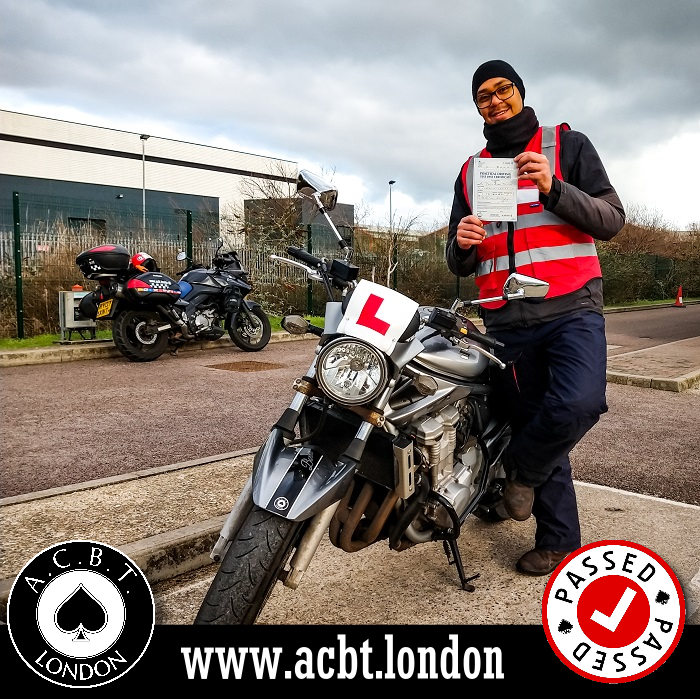

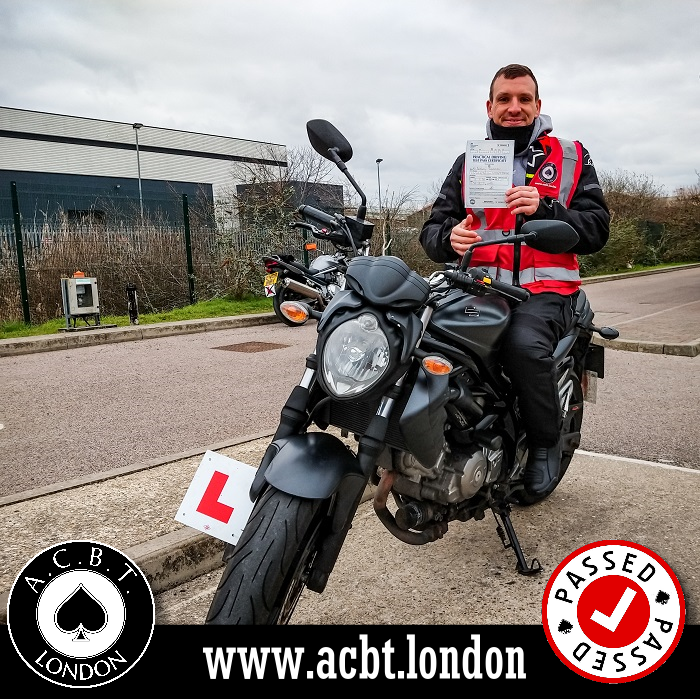

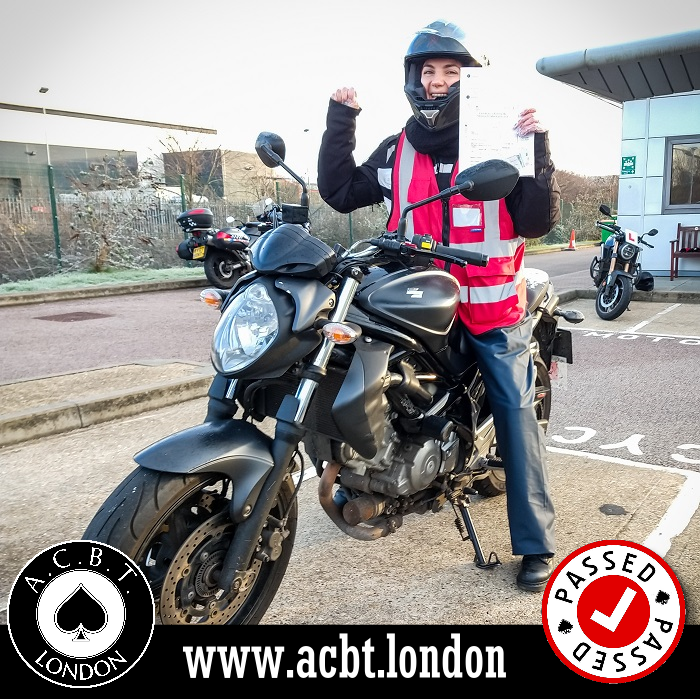

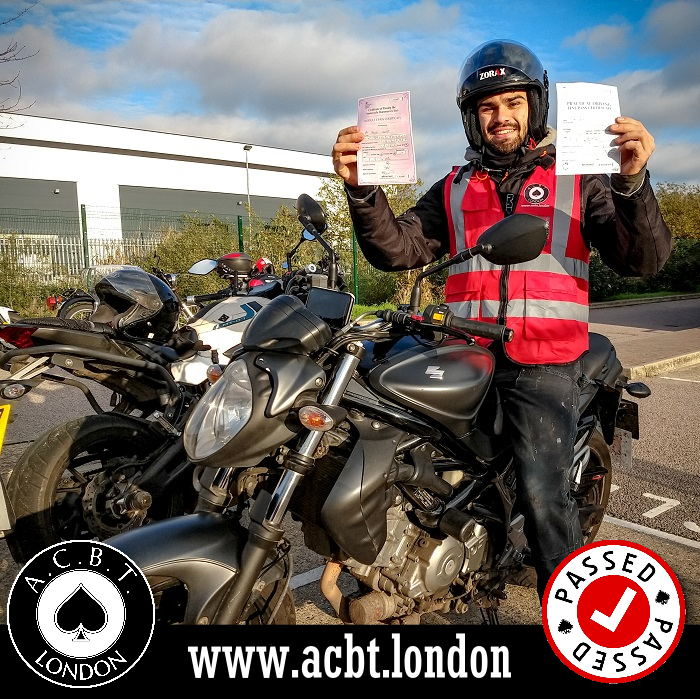

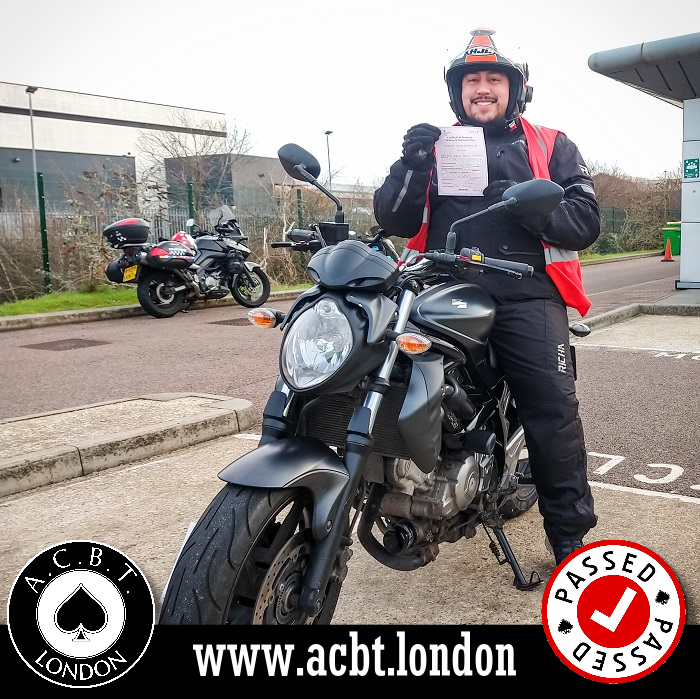

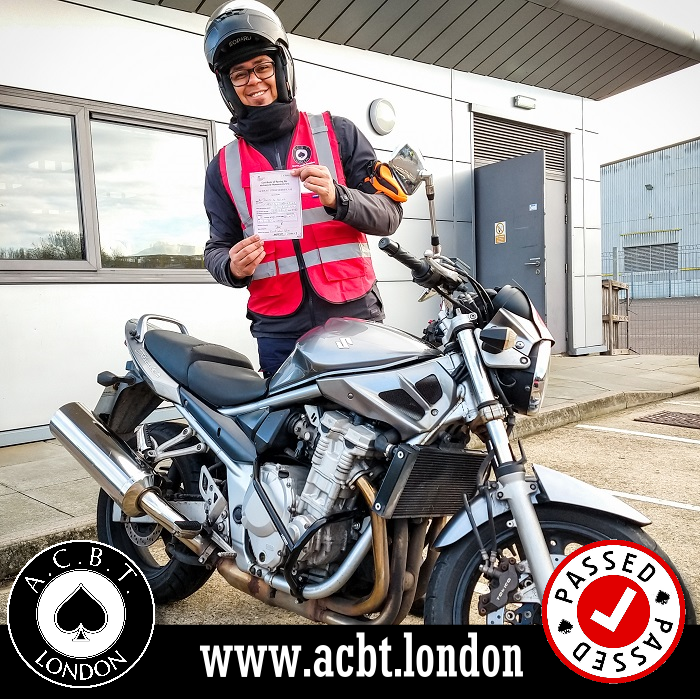

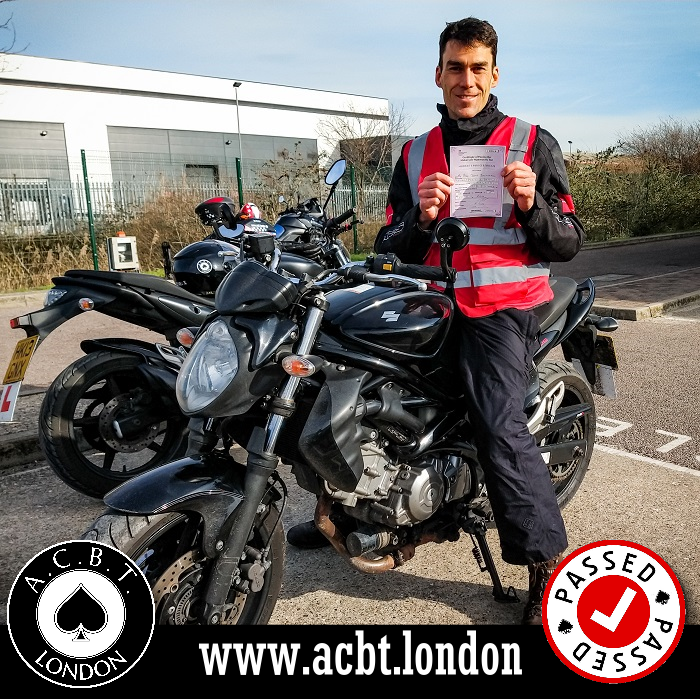

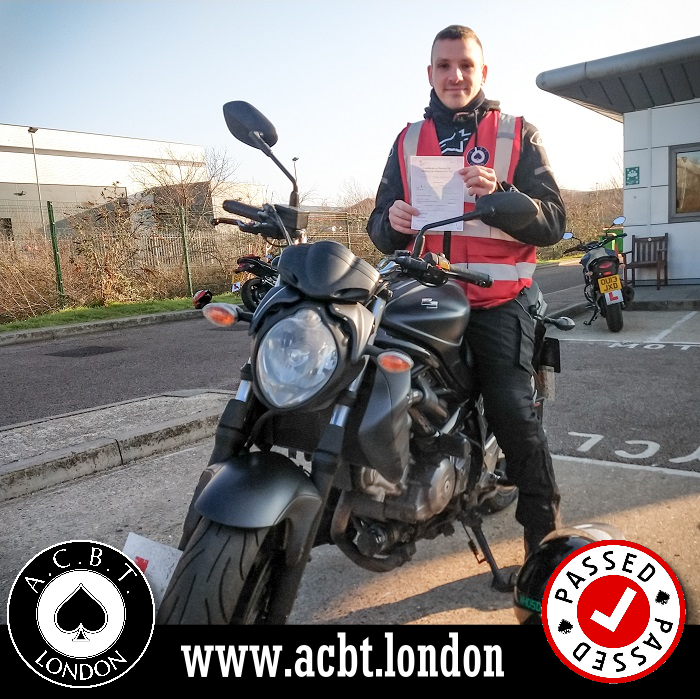

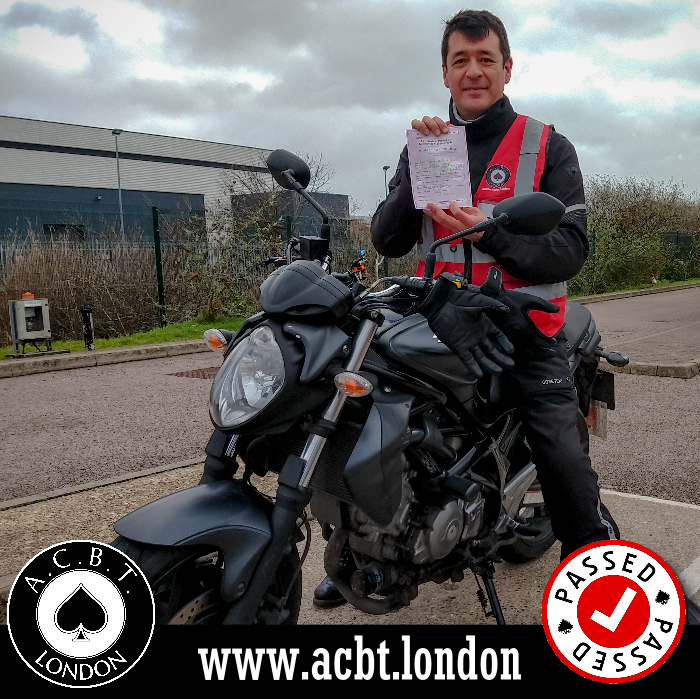

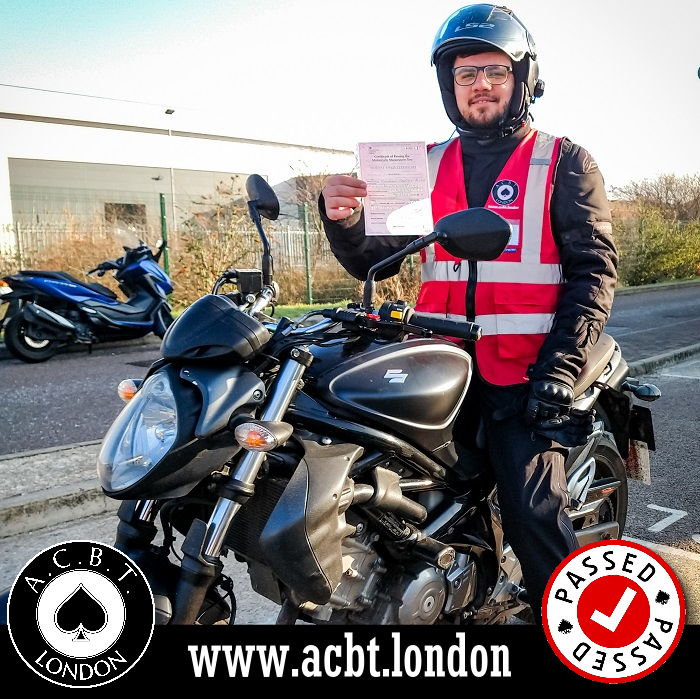

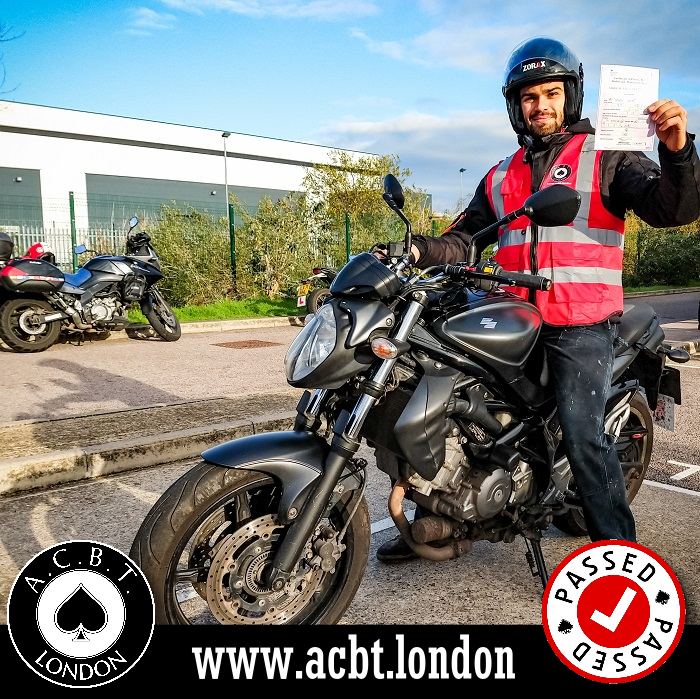

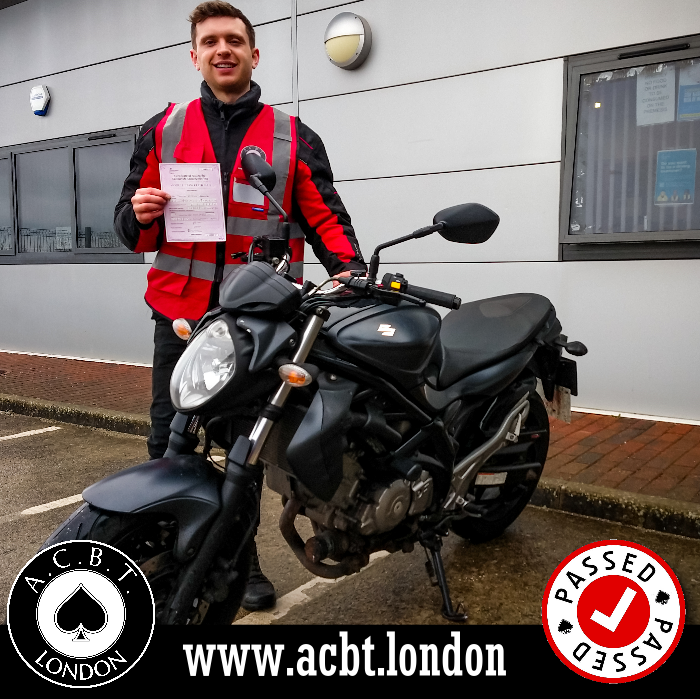

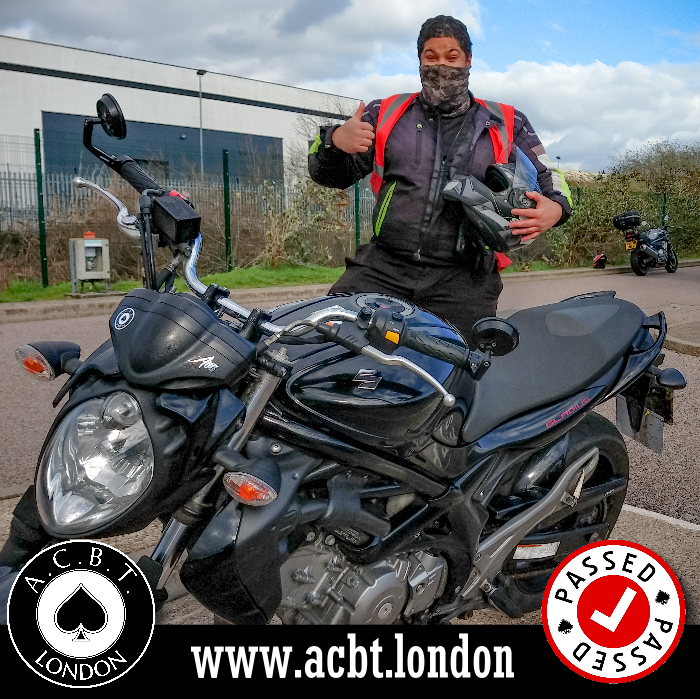

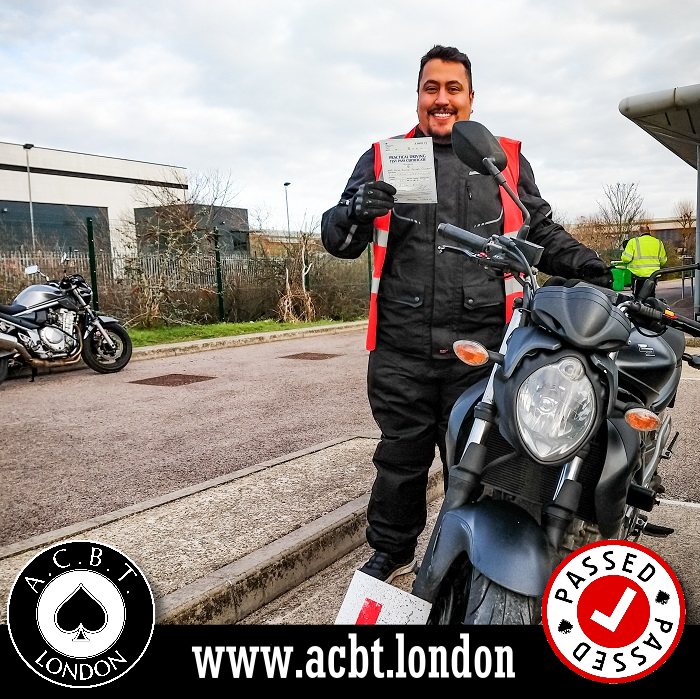

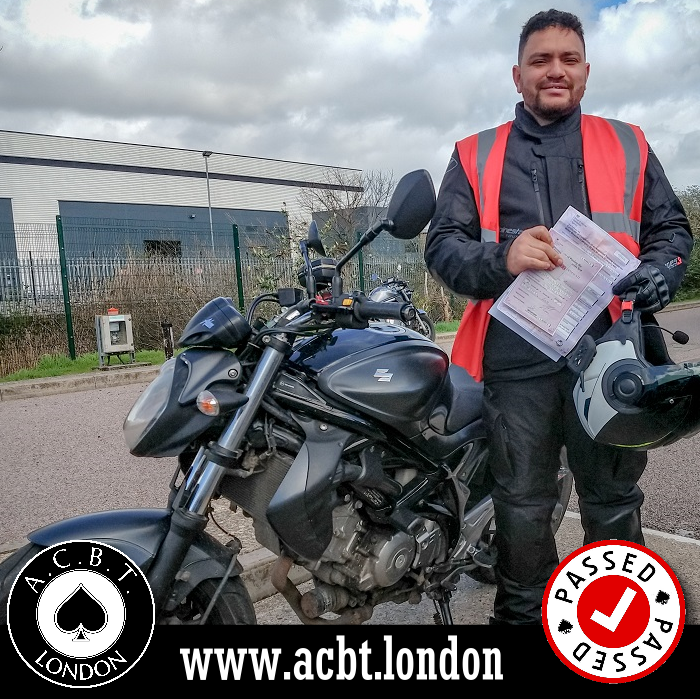

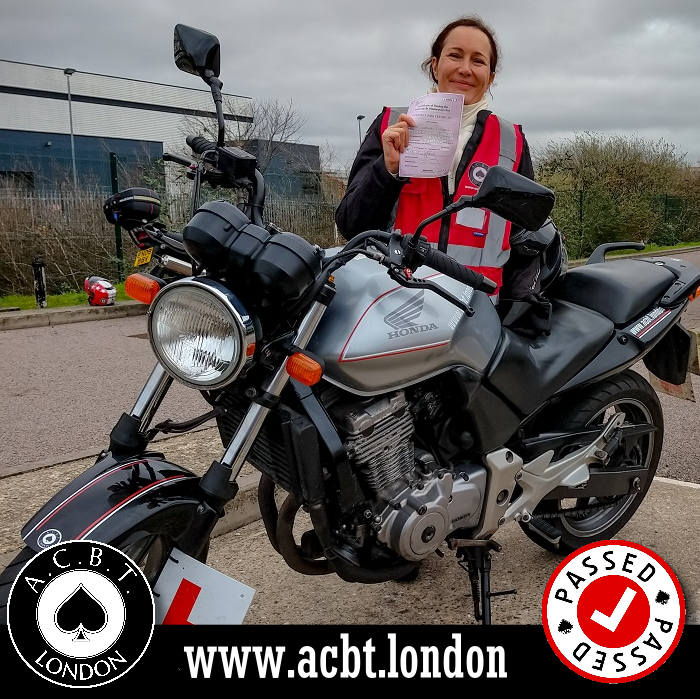





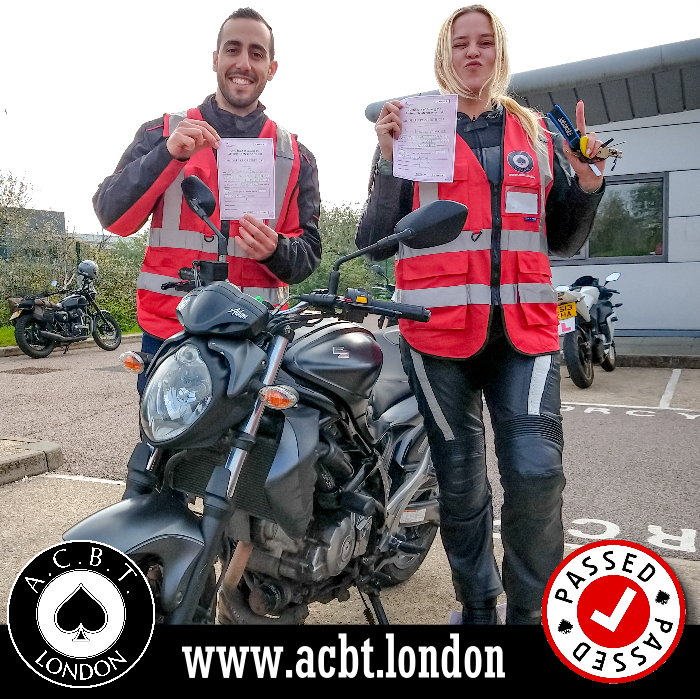

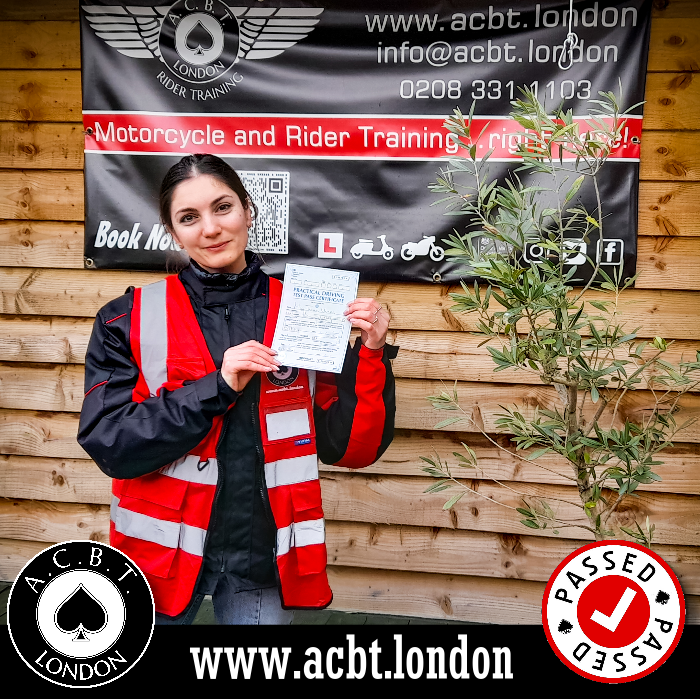

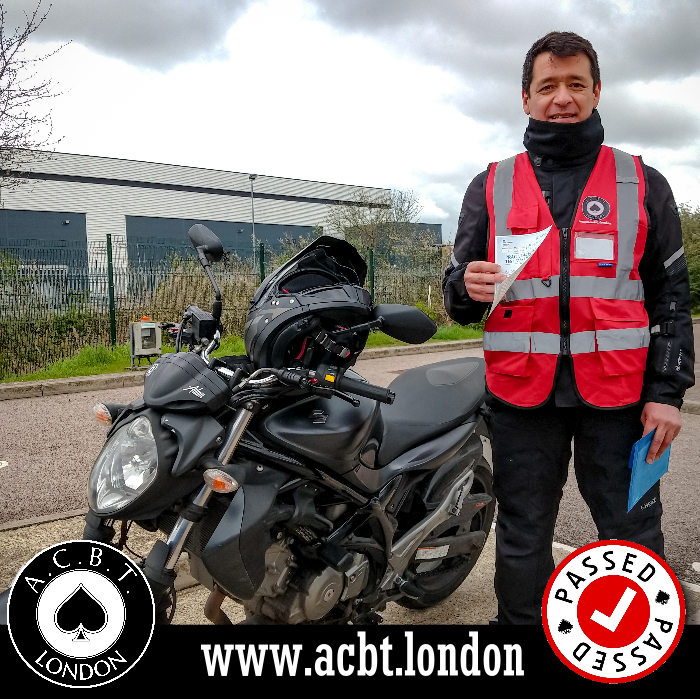

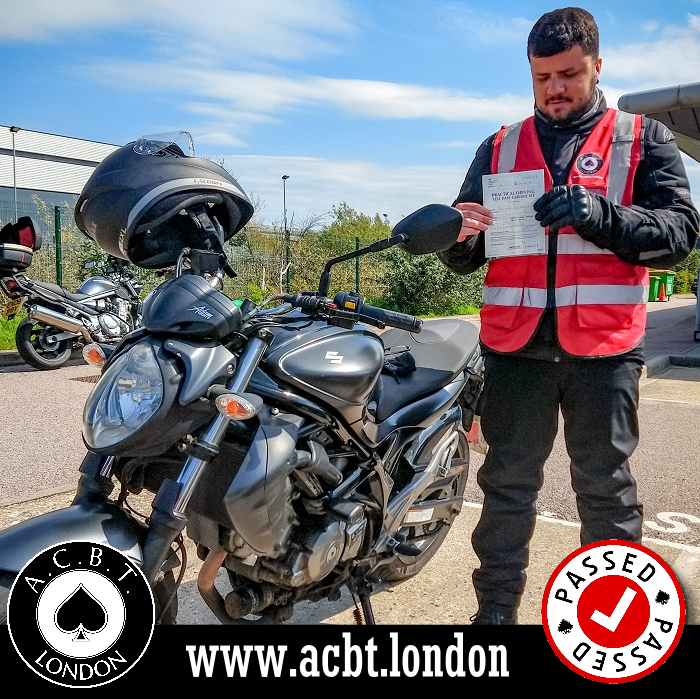

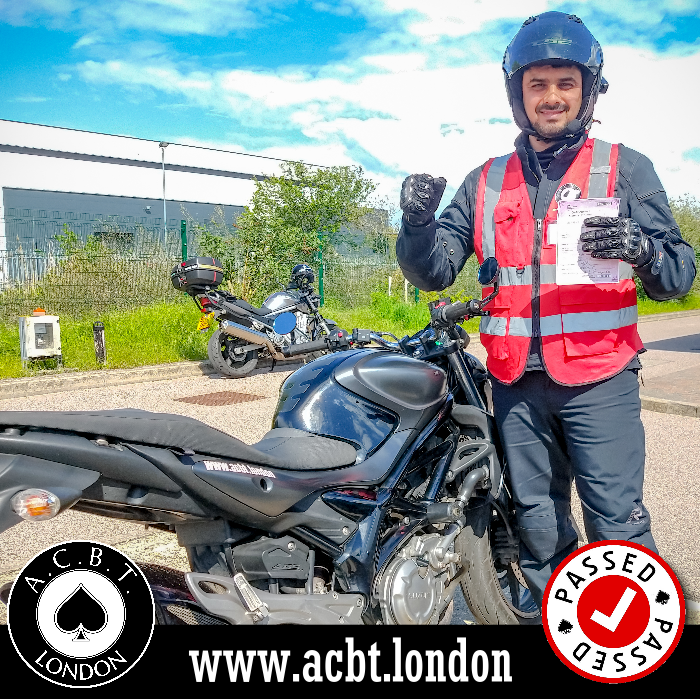

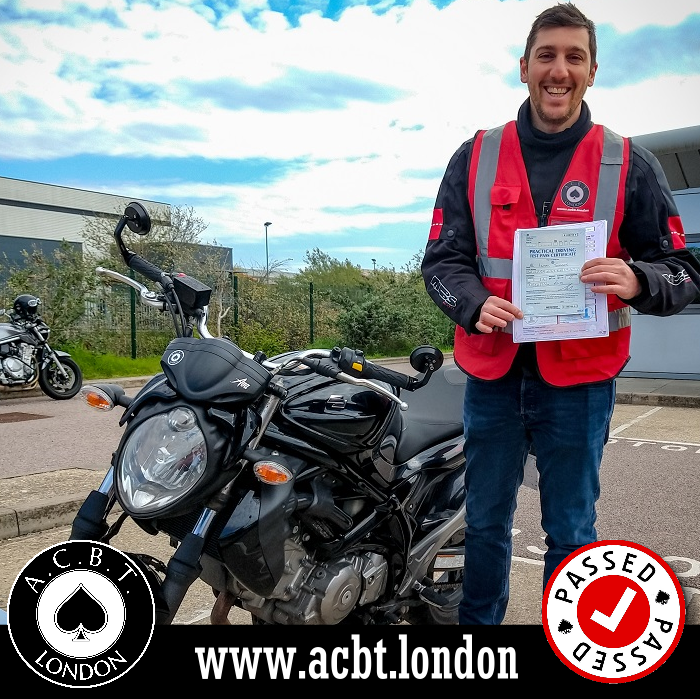

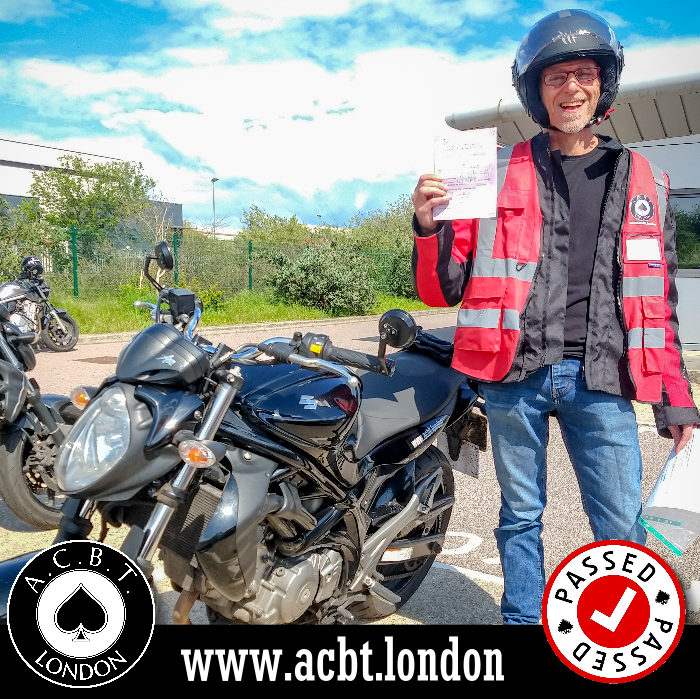

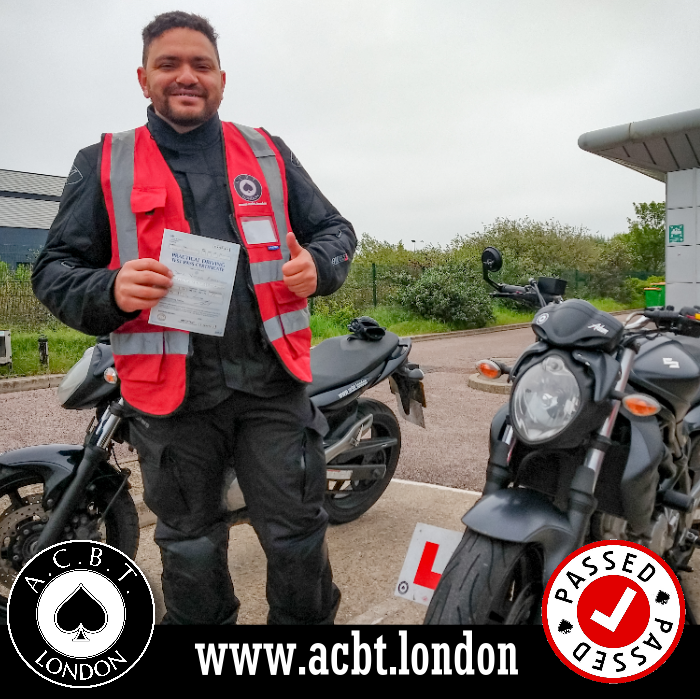

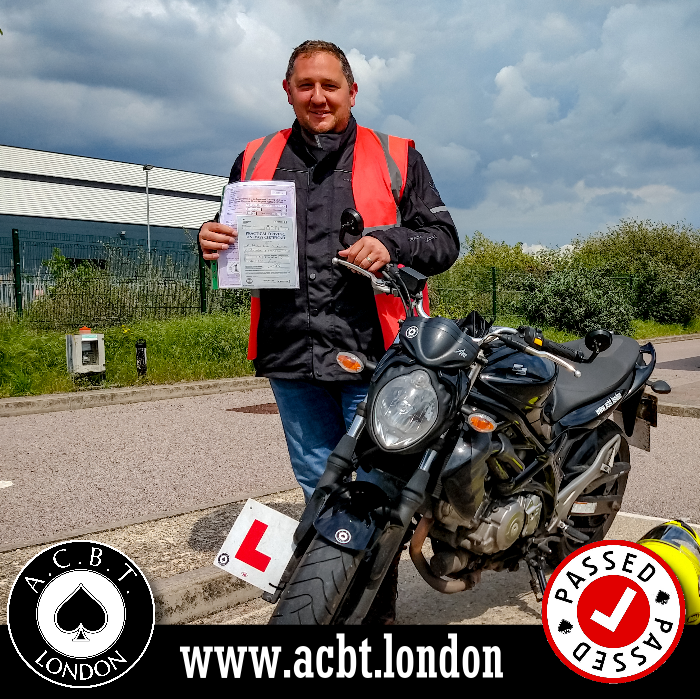

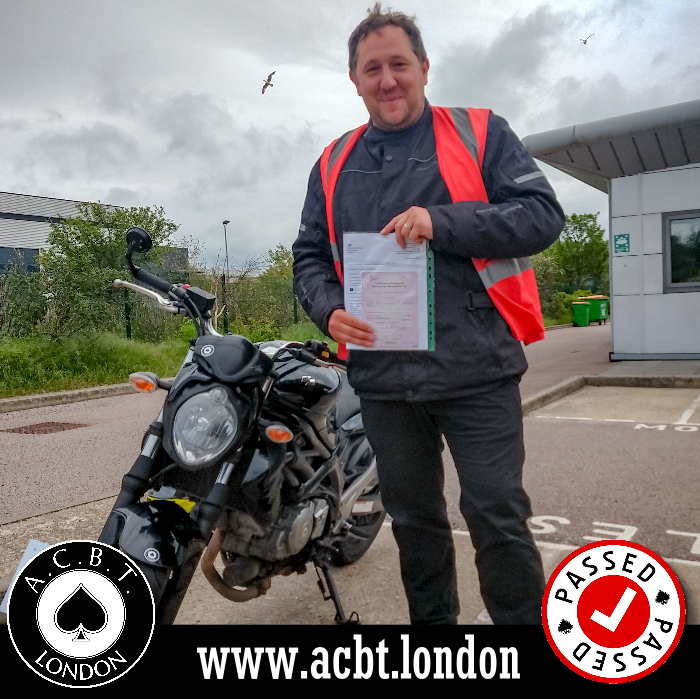

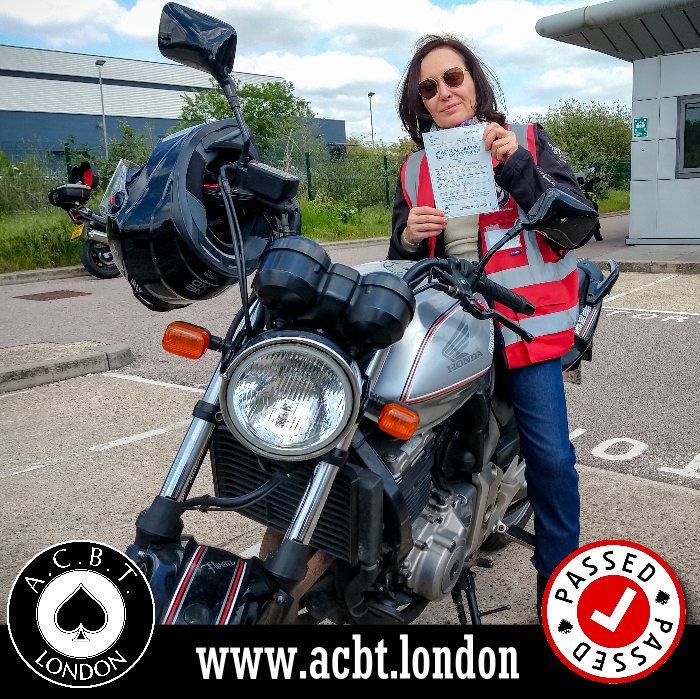

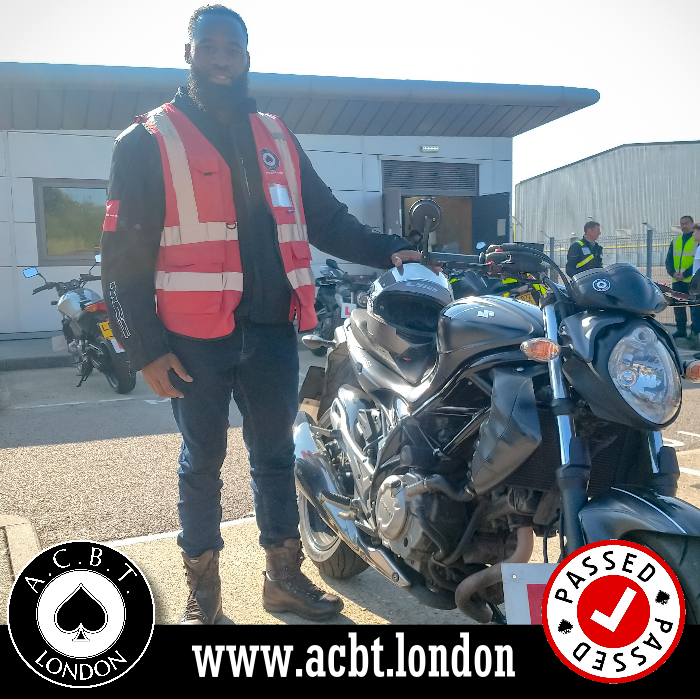

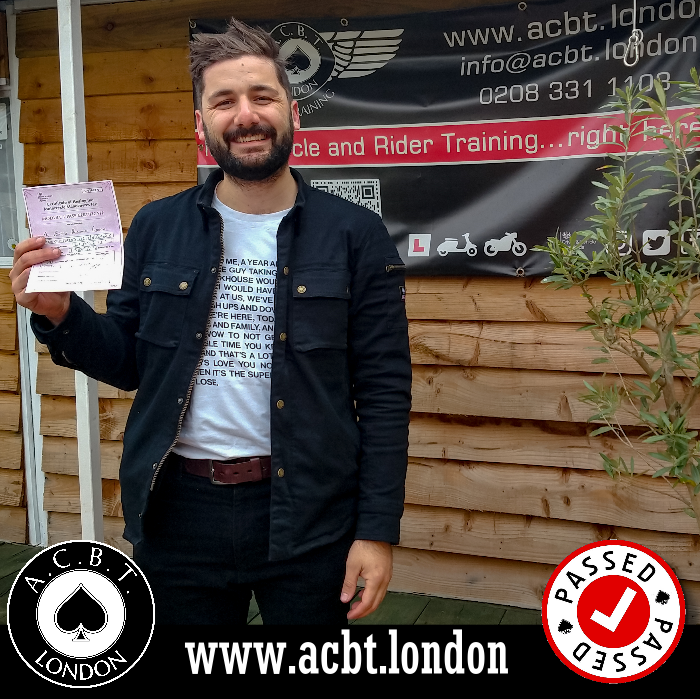

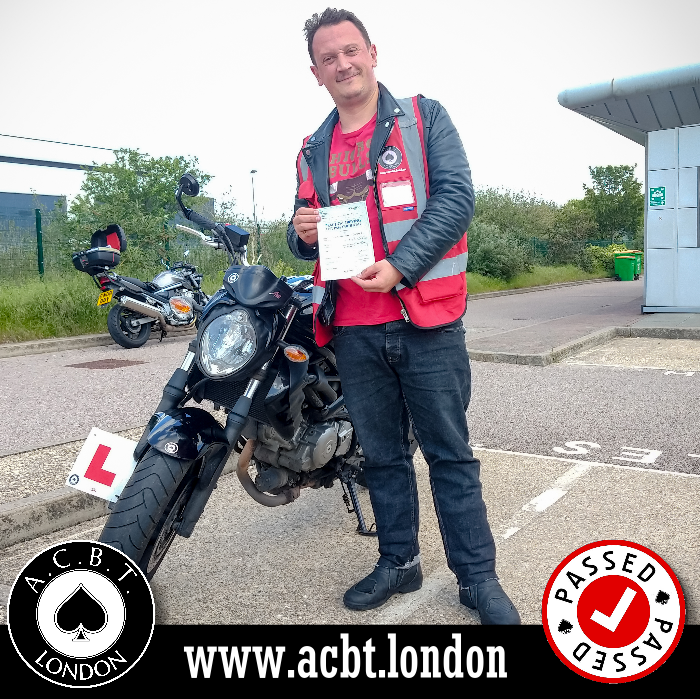

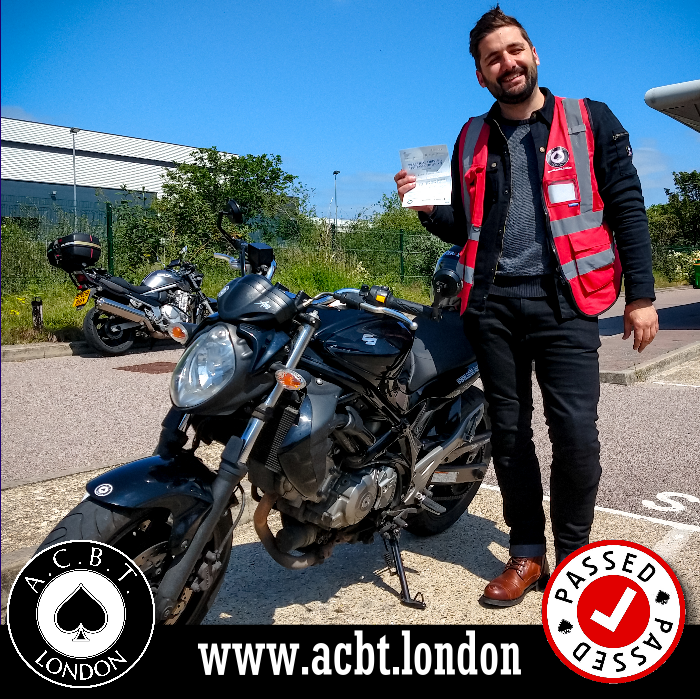

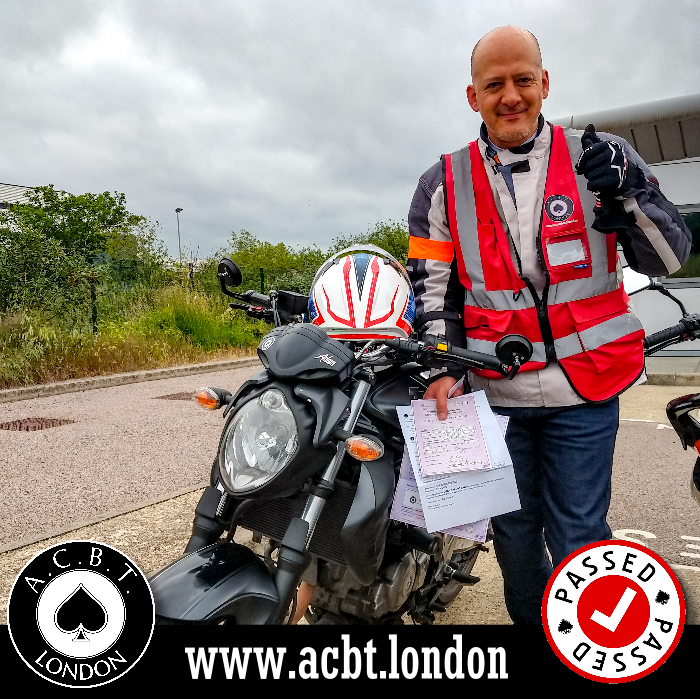

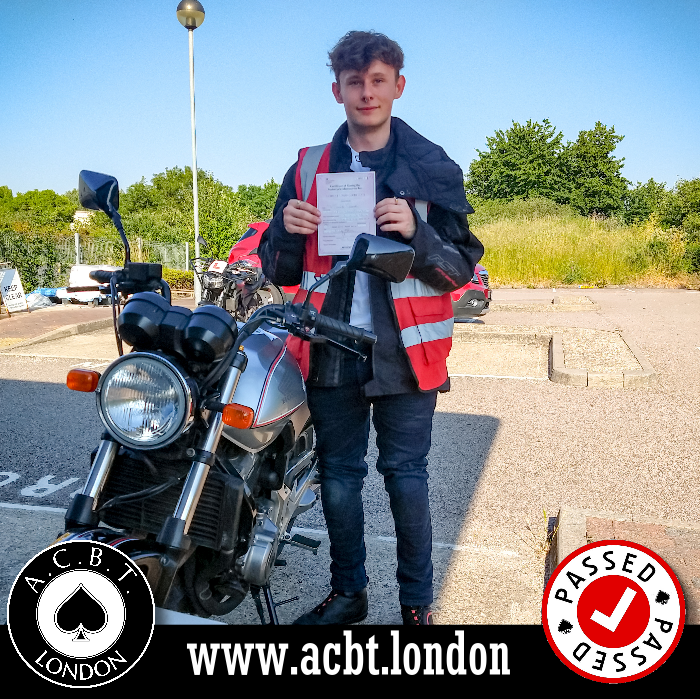

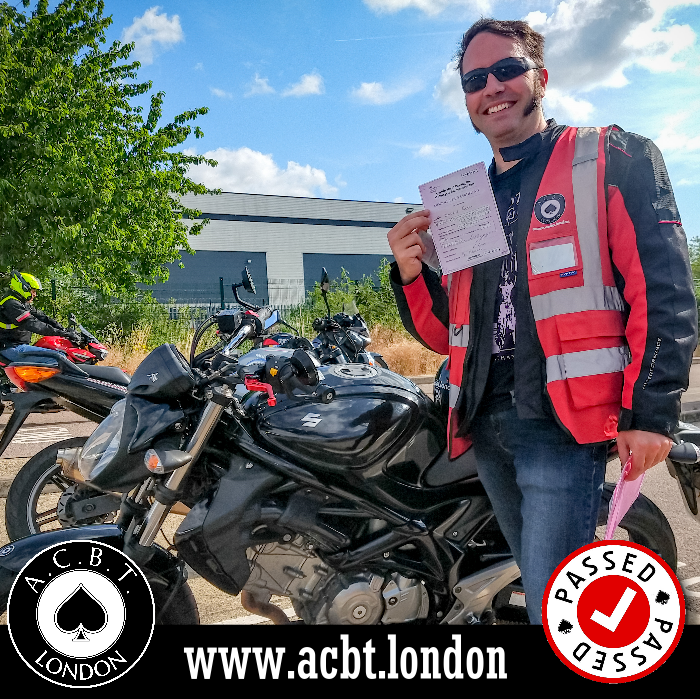

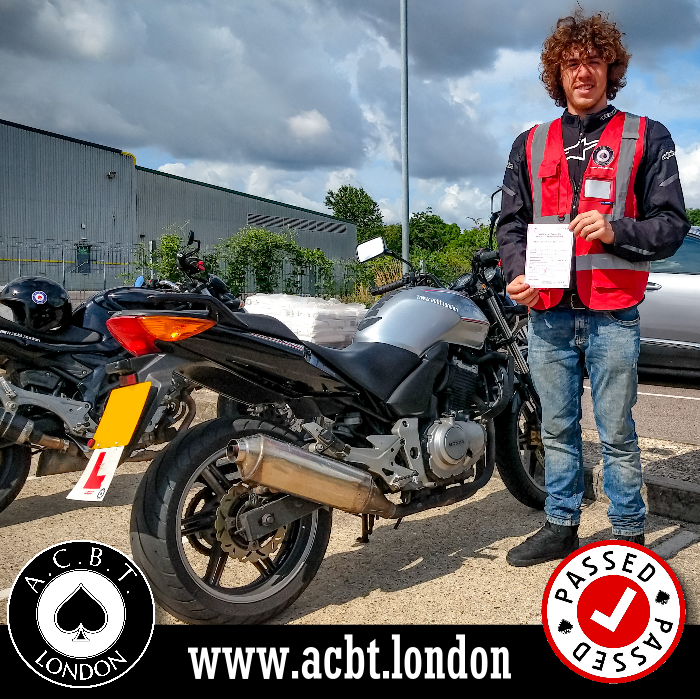

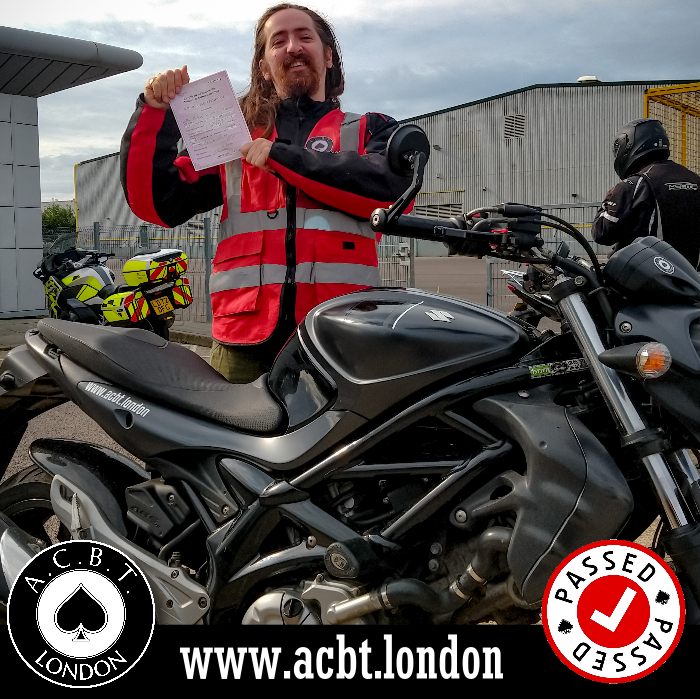

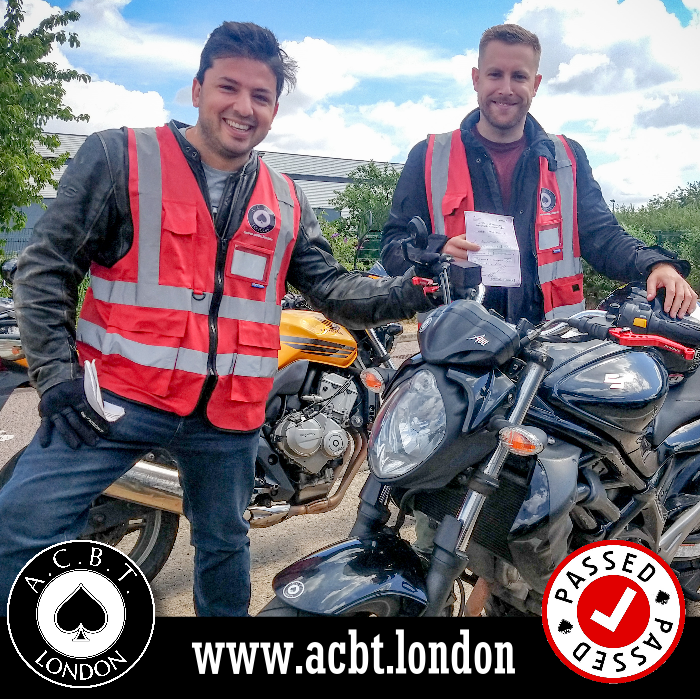

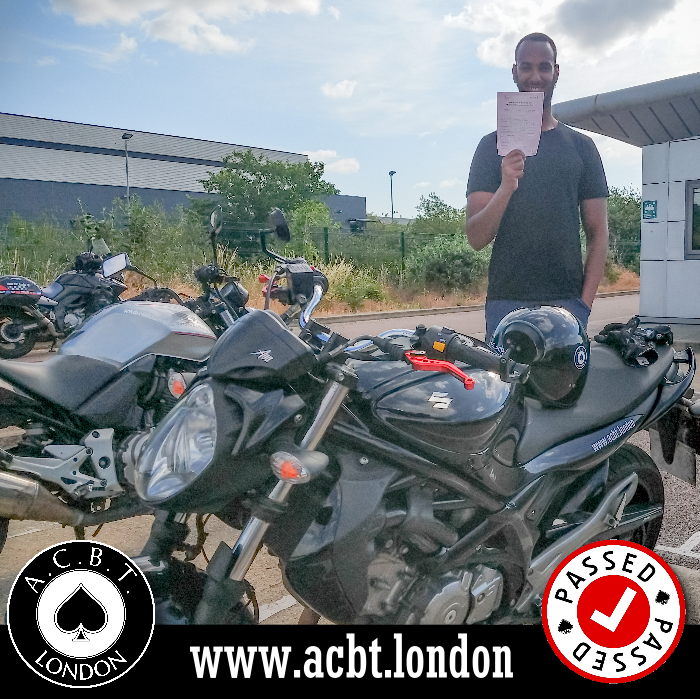

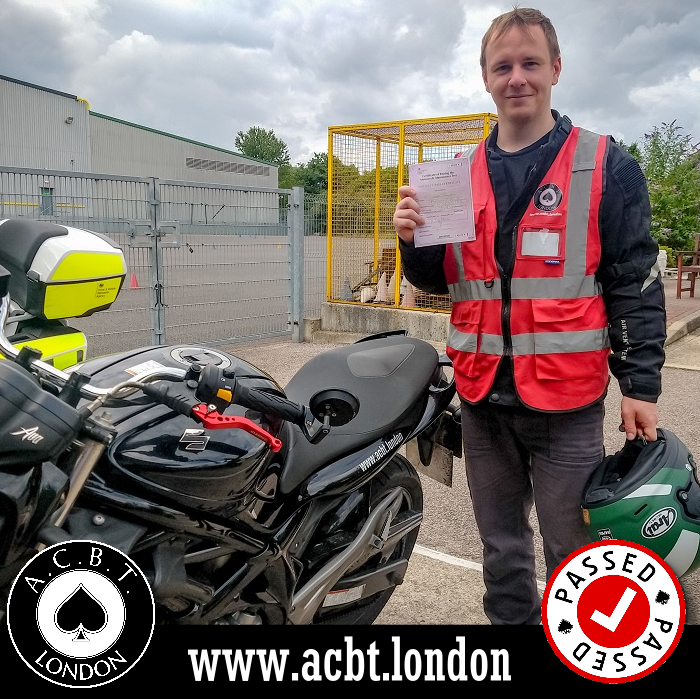

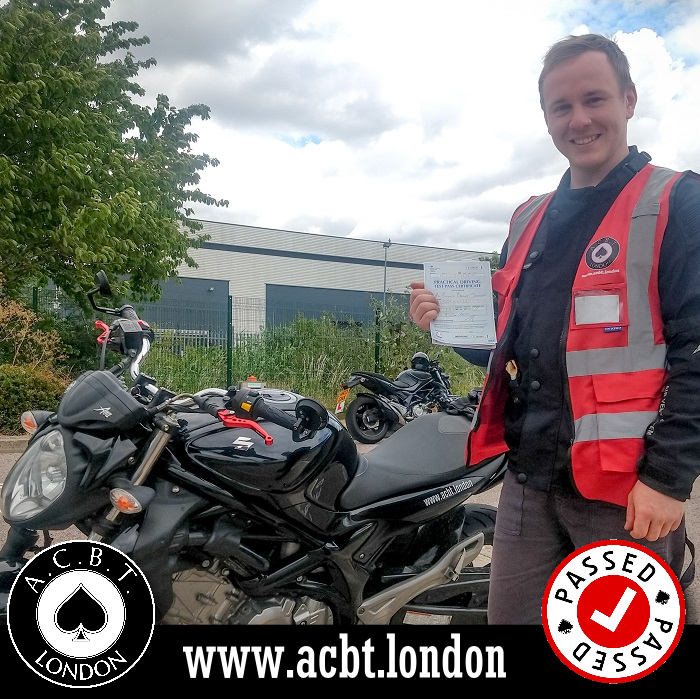

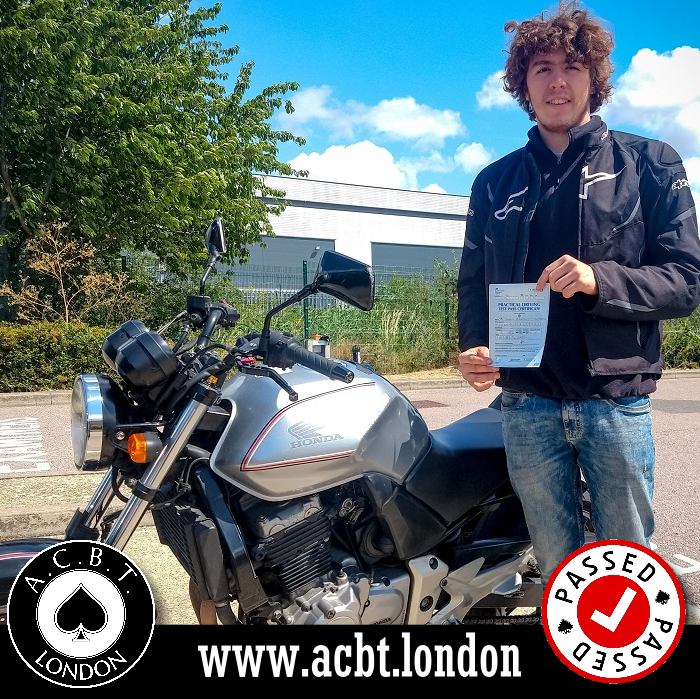

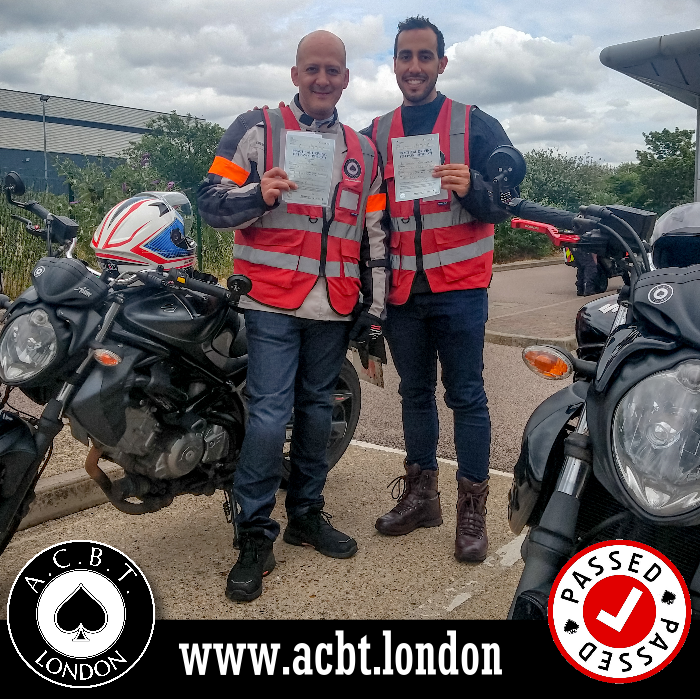



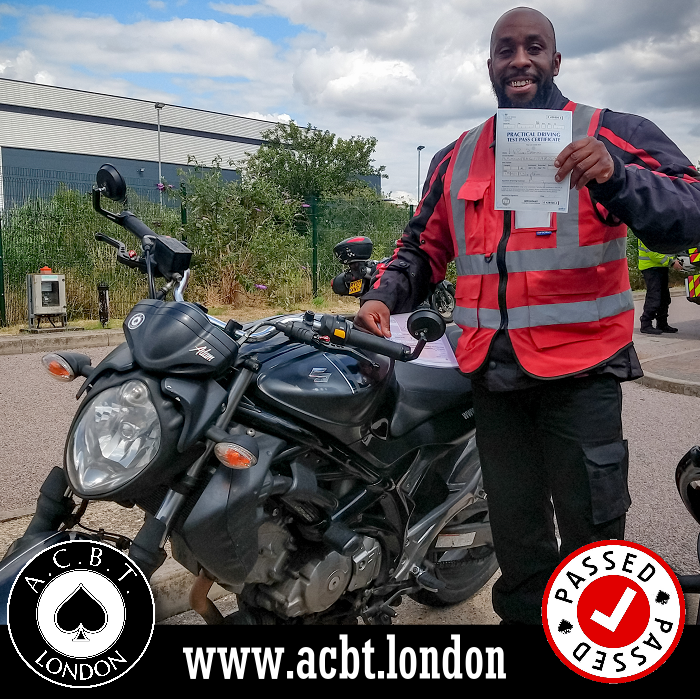

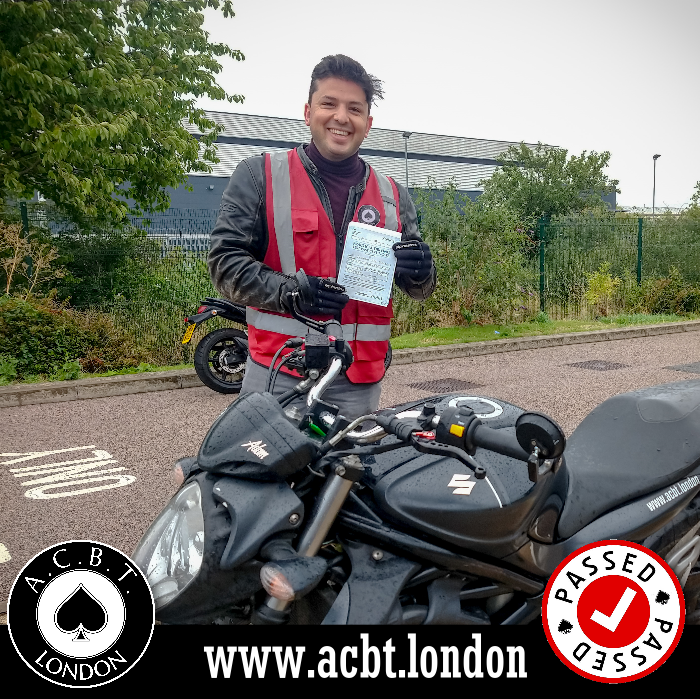

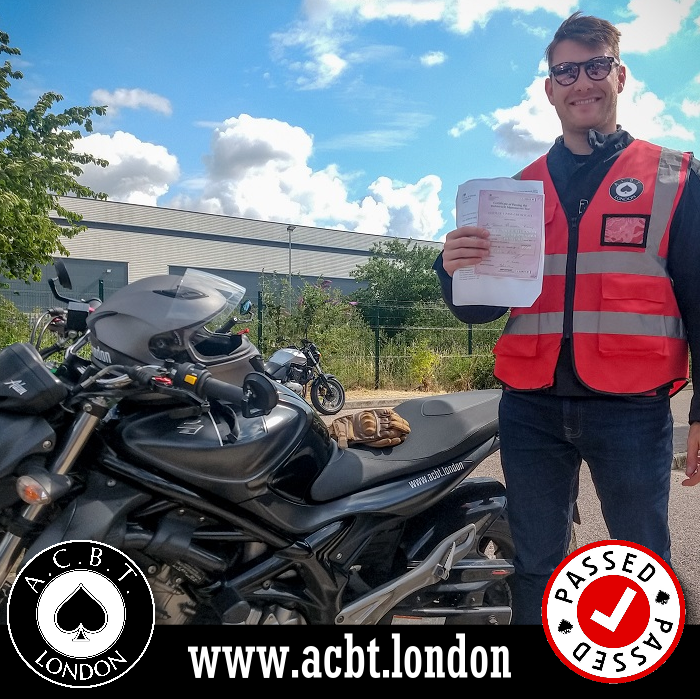

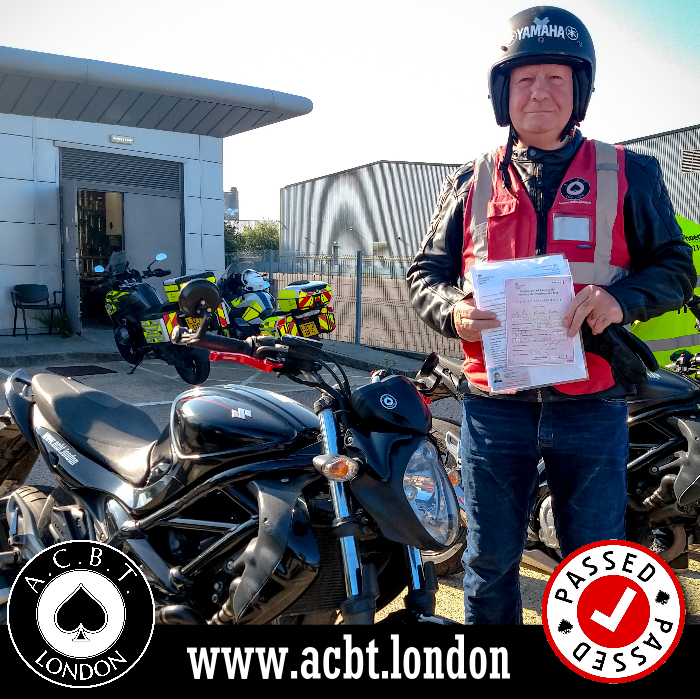

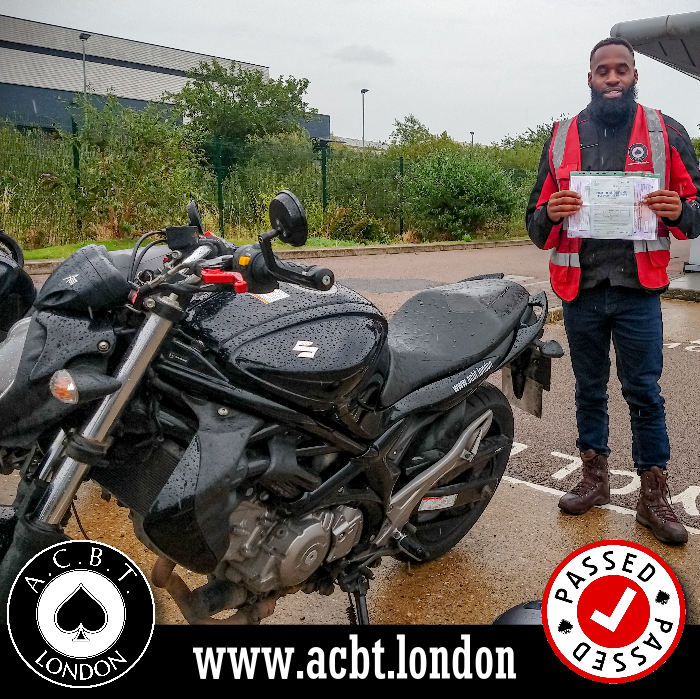

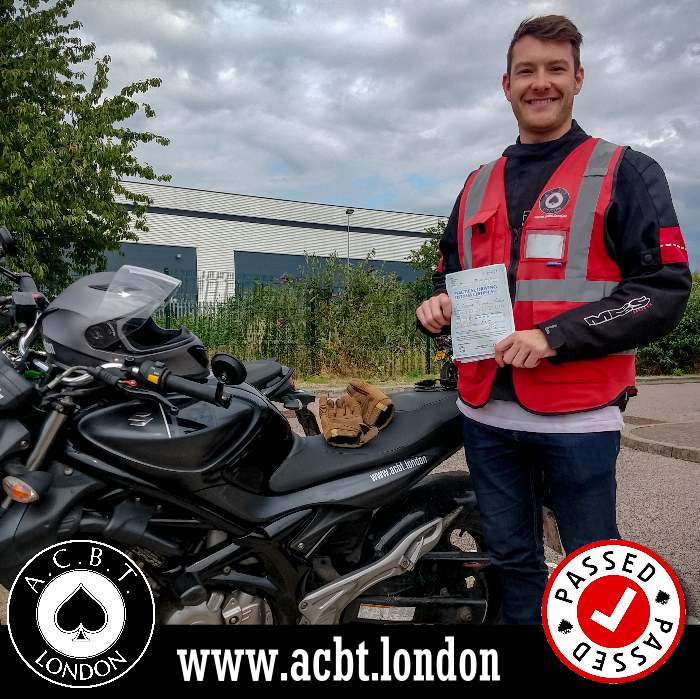

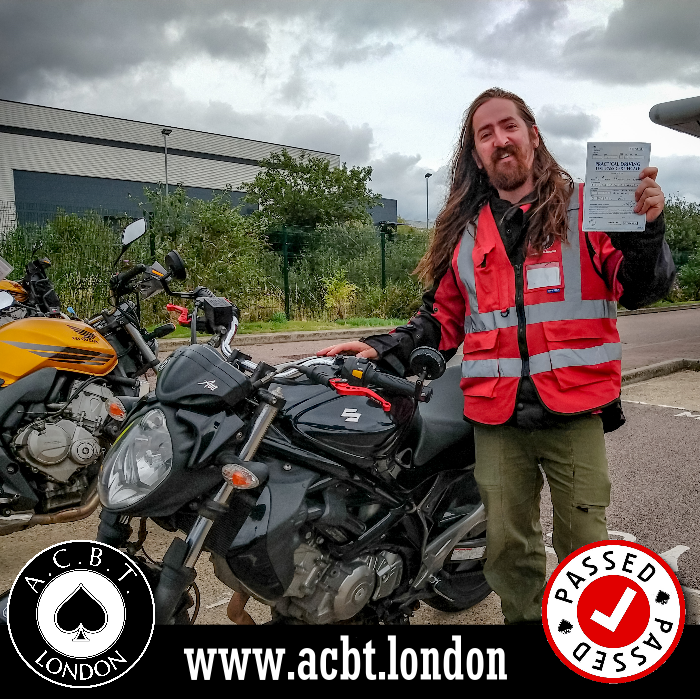




Comments